Sensei of Slurp: Making Soba with a Master
We met Akila Inouye at the entrance to Tsukiji Fish Market bright and early on Tuesday morning, and realized right away that we were going to have trouble keeping pace with him. In the market, he darted ahead of us, racing from stand to stand, comparing prices, and buying everything we were going to need later in the kitchen. It would turn out to be a long day, but Akila never once slowed down… and I don’t think we ever caught up.
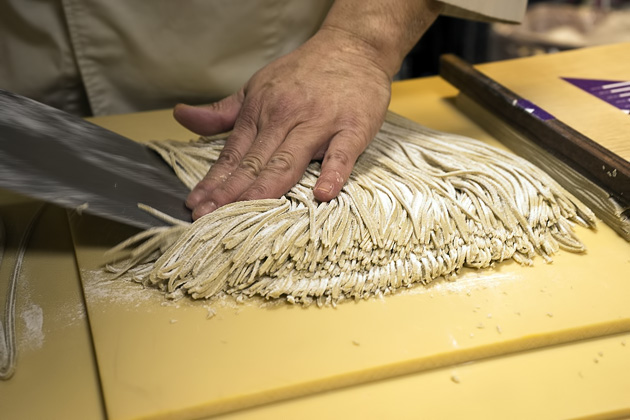
Akila Inouye is a master chef and founder of the Tsukiji Soba Academy, which trains both professionals and determined amateurs in the art of cooking Japan’s famous buckwheat noodles. He invited us to follow him for the day, and watch as he prepared a number of dishes; not just soba, but sushi and onigiri (rice triangles). It was an excellent opportunity we weren’t about to pass up.
After shopping at the fish market, we walked over to the nearby studio where he gives his classes. Jürgen and I took seats as Akila settled down into a task he clearly loves. With every egg cracked, salmon sliced, and rice triangle formed, he became more animated. He prepared everything quickly and efficiently, and always with the perfect utensil. I don’t know if this is a Japanese thing, or an Akila thing, but I’ve never seen a kitchen so crammed with tools and knives and pots and devices, and everything in its right place. The kitchen was small enough so that Akila hardly had to move. He’d shoot his arm up 40° to the right and grab a whisk or a pan, usually without even having to look.
Within no time, he’d whipped up a breakfast of salmon onigiri and miso soup. After eating, we hopped on a train and headed out to Kawagoe, where our education would continue. He had invited us to his home studio which (I wasn’t surprised to discover) looked exactly like the kitchen in Tsukiji: packed to the brim with utensils and perfectly organized. If we owned even a twelfth of Akila’s cooking equipment, our kitchen would be an absolute disaster.
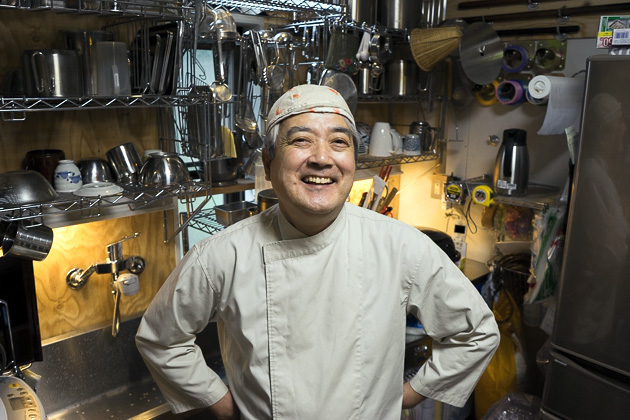
Organization is a major part of Akila’s method. Before we began cooking, we sat down at the table with paper and pen, and puzzled out how the day should progress. He listed every ingredient, estimated the time it would take to prepare, how long it had to marinate, and whether it should be done immediately or just before serving, and soon we had a nicely-ordered list of tasks.
I won’t go into detail about each item sliced, diced, rubbed and soaked, because there was a lot going on. It took hours and although we got tired watching, Akila’s energy never flagged. By the late afternoon, he was ready to prepare the soba. He started at the very beginning, with a perfectly-measured blend of flour, into which he mixed a precise amount of water. He had even checked the room’s humidity and consulted a chart before deciding how much to pour in. To make the perfect soba, you have to do things perfectly.
Soon he had crafted a beautiful sphere of dough, which he flattened into a disc using a series of rolling pins. Once the dough had reached exactly 1.5 millimeters in width (which he ensured by carefully measuring it), he folded it three times and began chopping, using a cleaver he had himself designed specifically for the job.
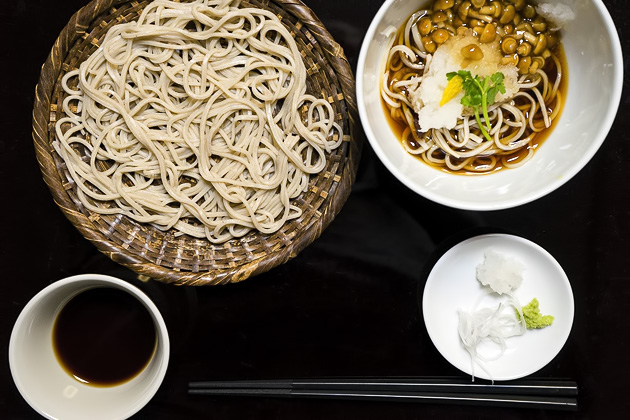
Within no time, we had bundles of soba noodles, which were briefly boiled and then served. But our instruction hadn’t ended yet, because almost as important as knowing how to cook soba is knowing how to properly eat it. Akila explained the process: how to mix the dipping sauce, how many noodles to grab at a time, and so on. We were clumsy, of course, but there’s one aspect of soba-eating we revealed ourselves to be naturals at. As we sucked the first noodles loudly into our mouths, he looked up with delight. “Wonderful slurping! I like it!”
We ended the night with a big bowl of sushi, served with crisp tempura. It had been painful watching the live shrimp be torn apart, twitching violently as their legs and heads were methodically removed, but their sacrifice was worth it. We were also treated to shimmering cuts of horse mackerel, colorful cod roe, eel, and tuna atop vinegar rice.
Akila’s Tsukiji Soba Academy has proven to be a major success, and he’s welcomed students from around the world, including the personal chef of Steve Jobs. He’s also been frequently invited to the USA to provide lessons. In short, he’s one of the best, and it was a privilege to spend the day watching him in his element.
Tsukiji Soba Academy – Website
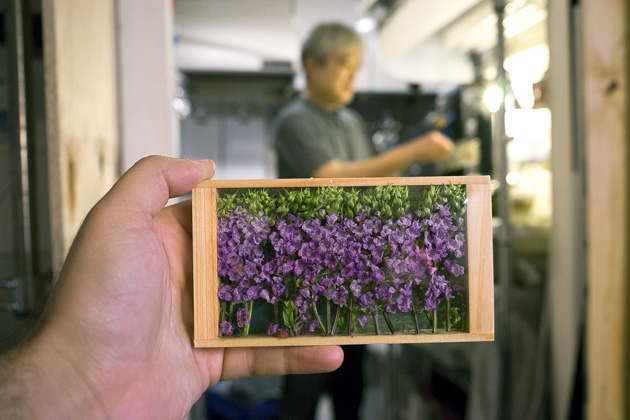
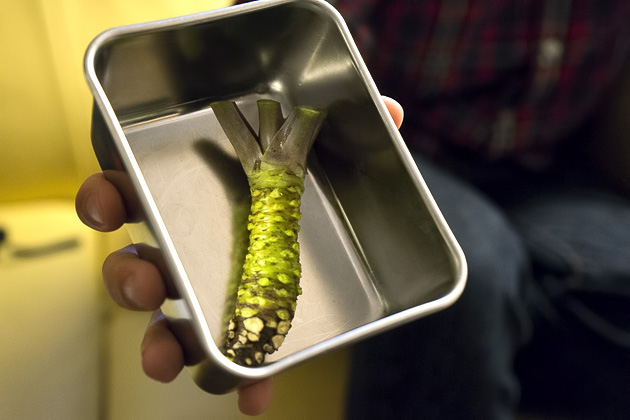
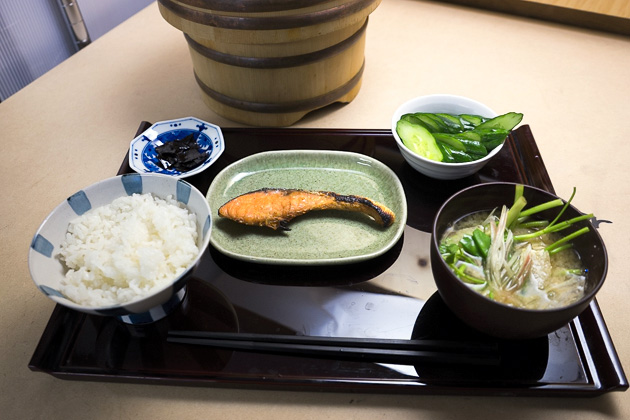
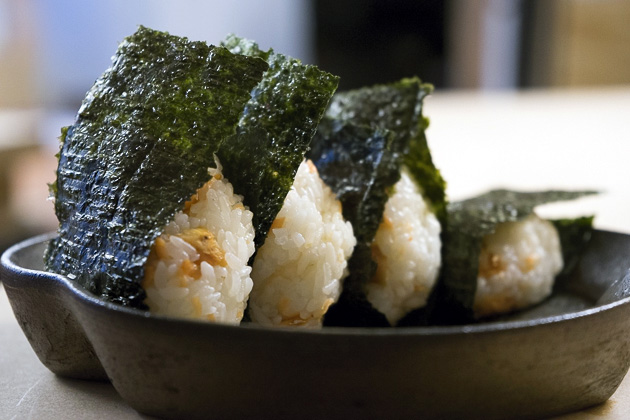
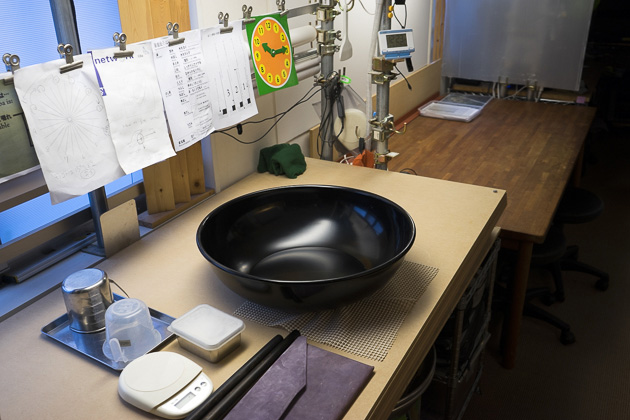
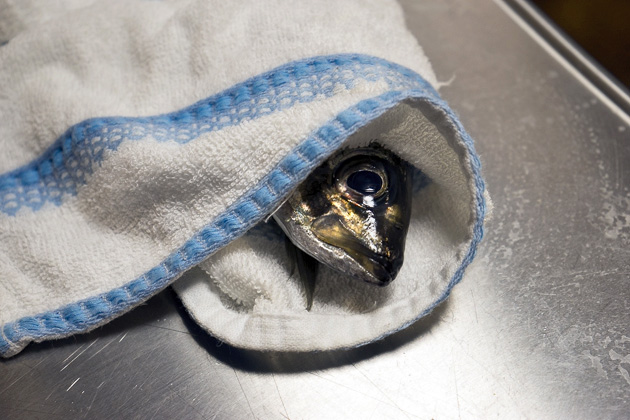
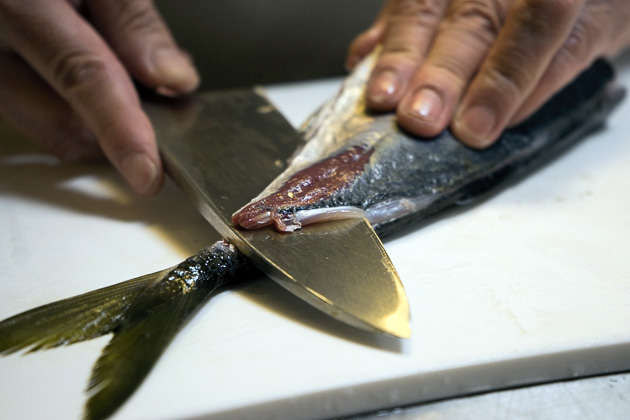
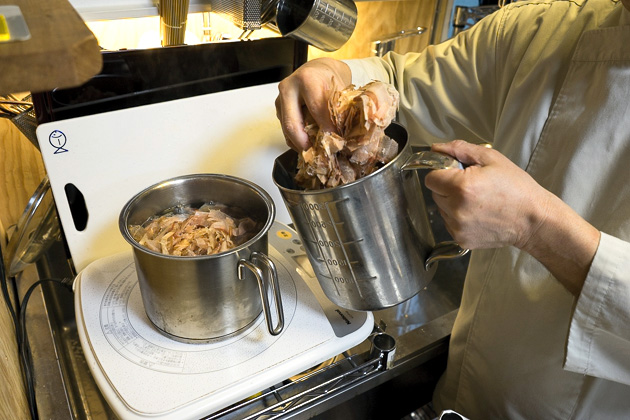

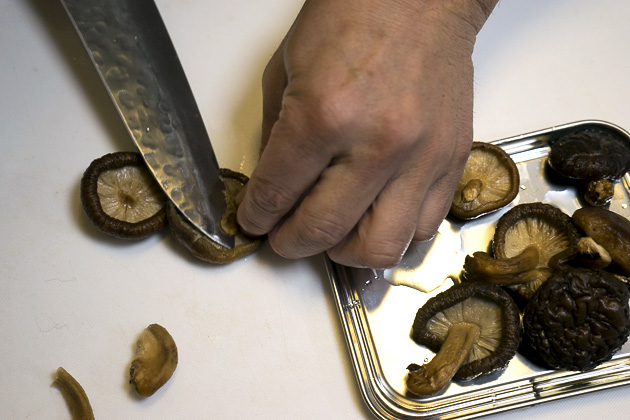
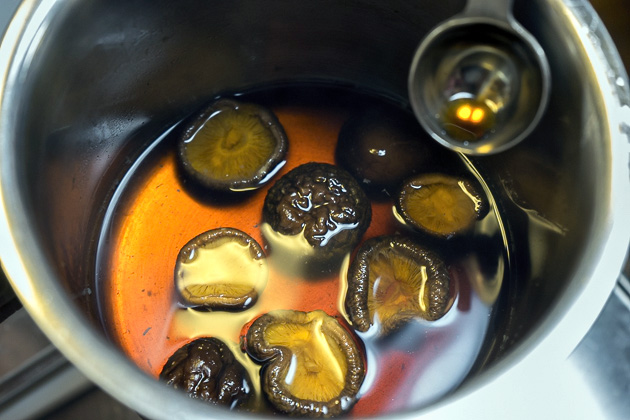
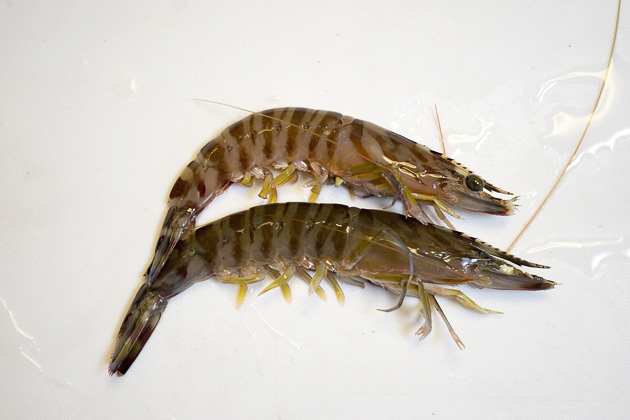
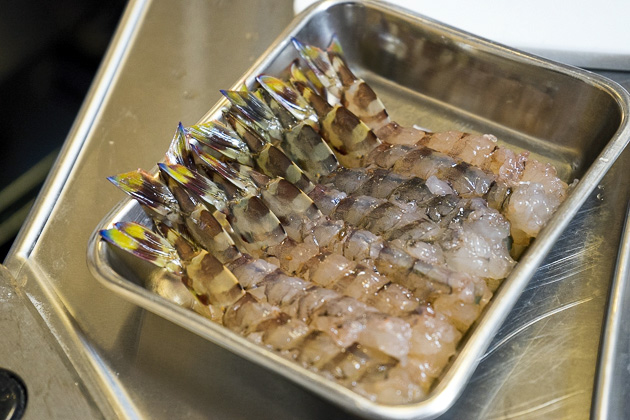
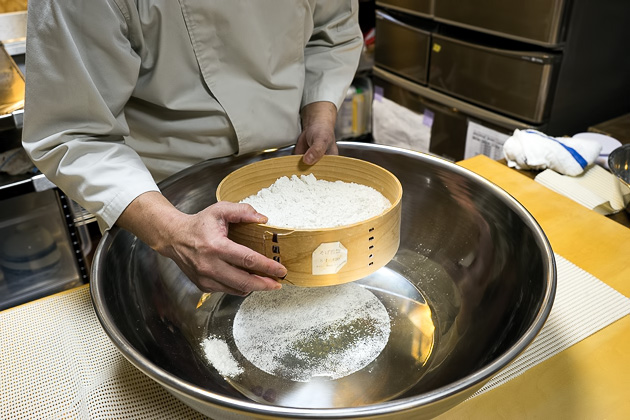

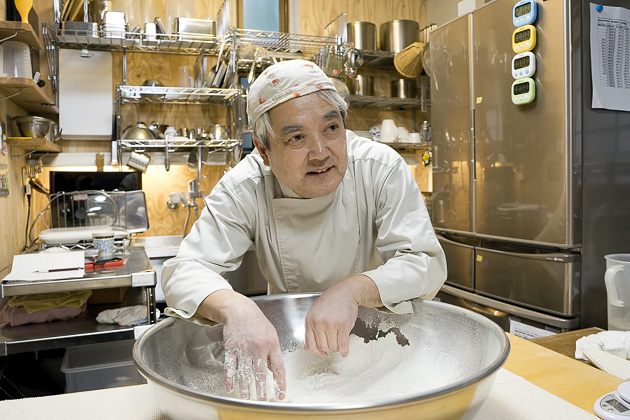
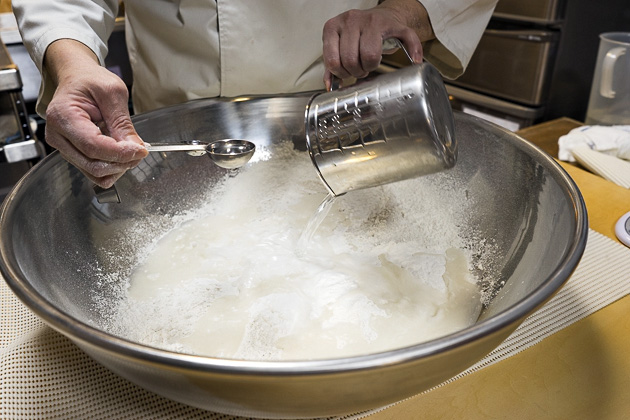

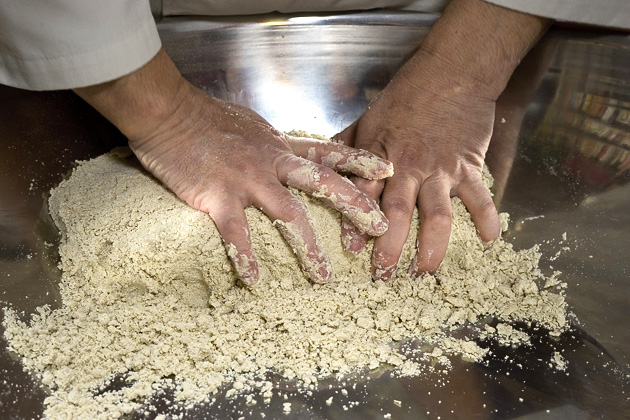
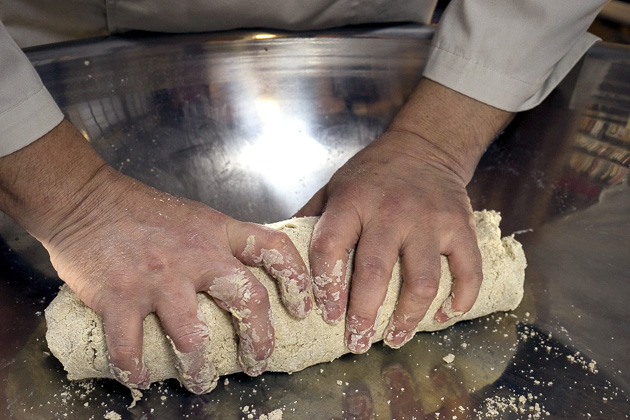
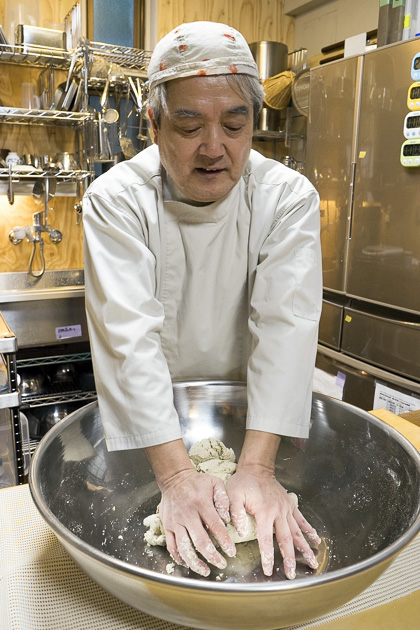
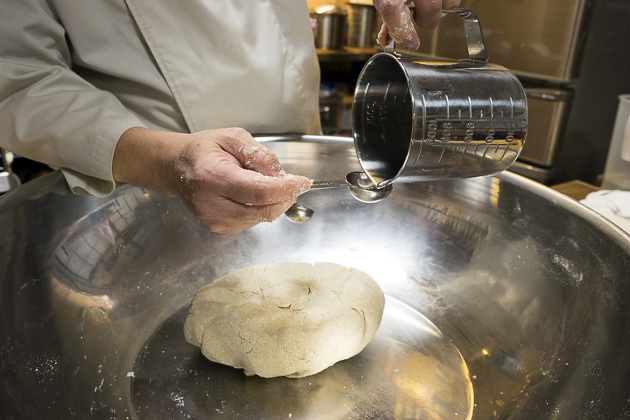
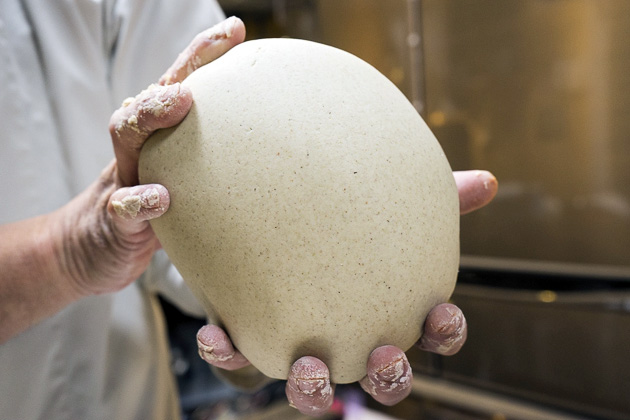
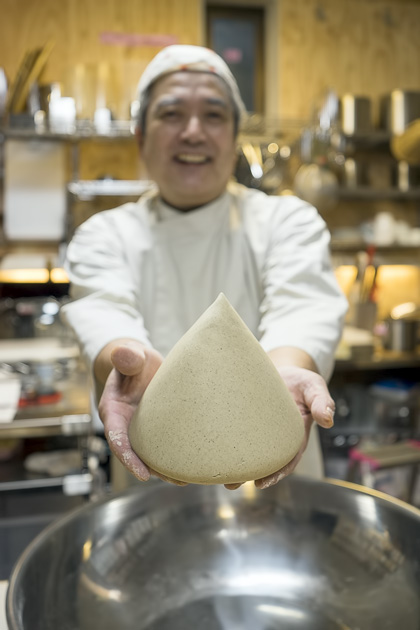
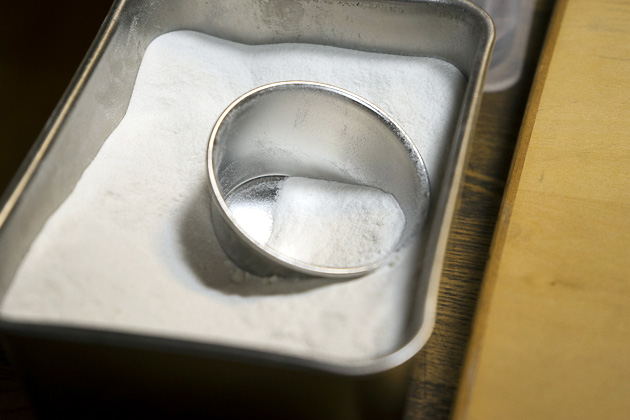
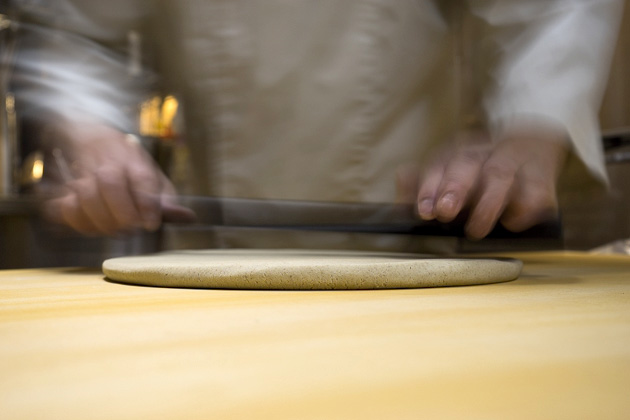
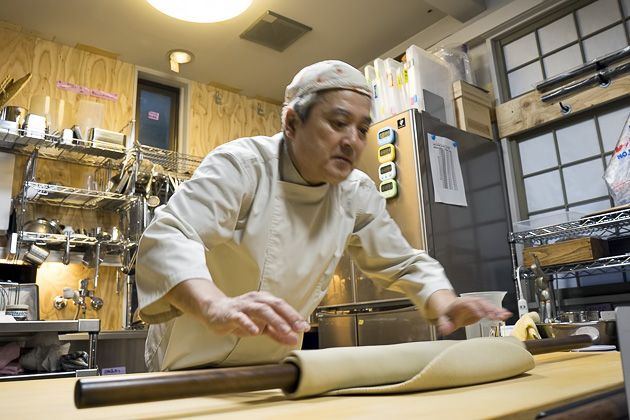


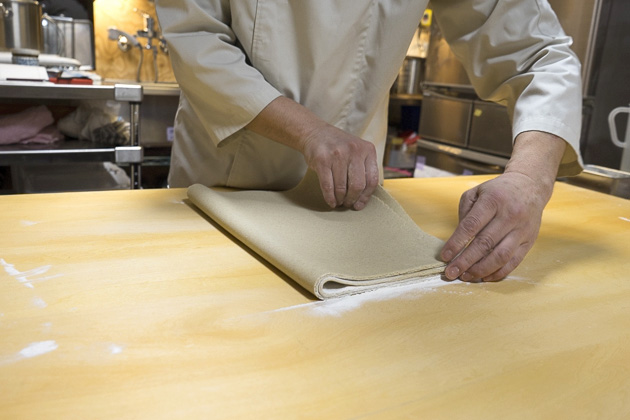
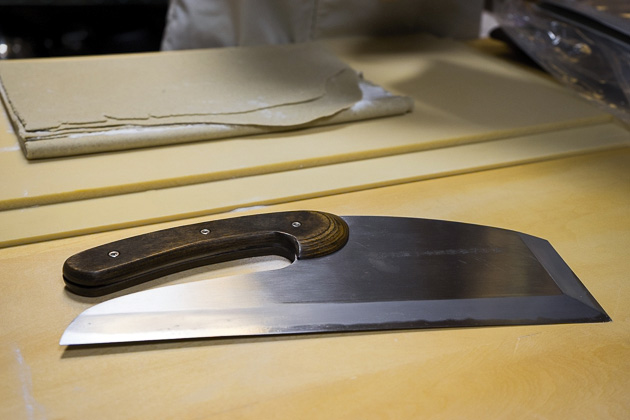
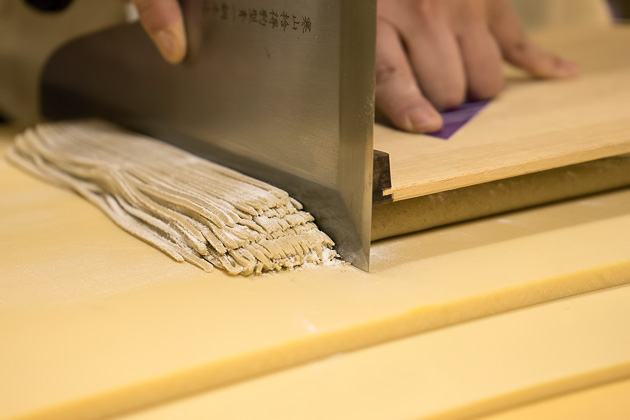
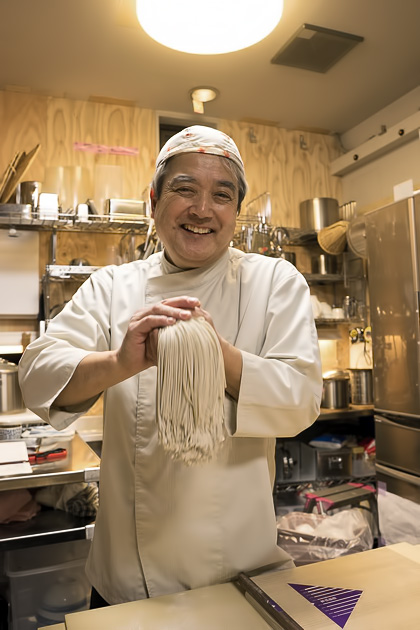
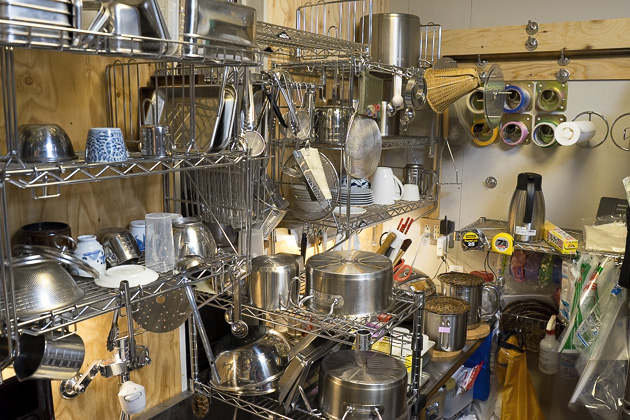
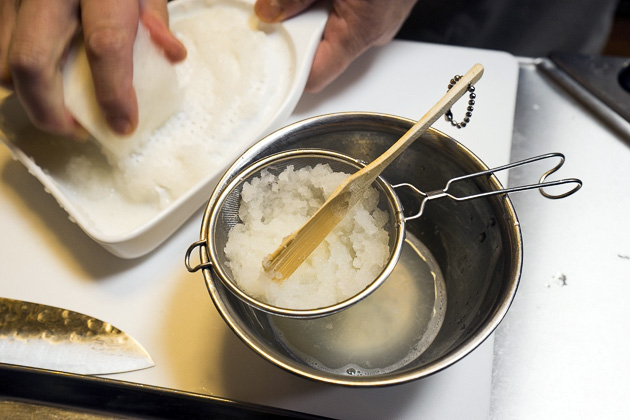
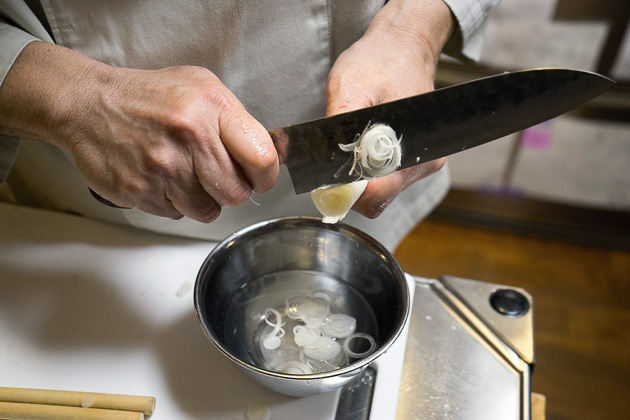
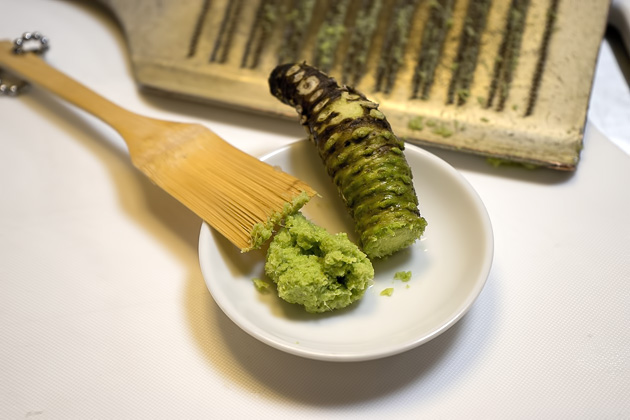
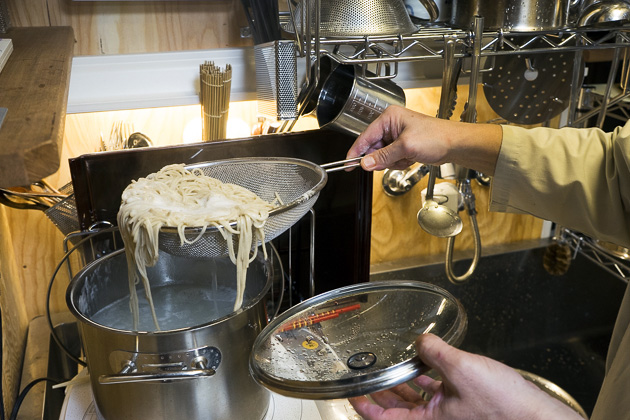
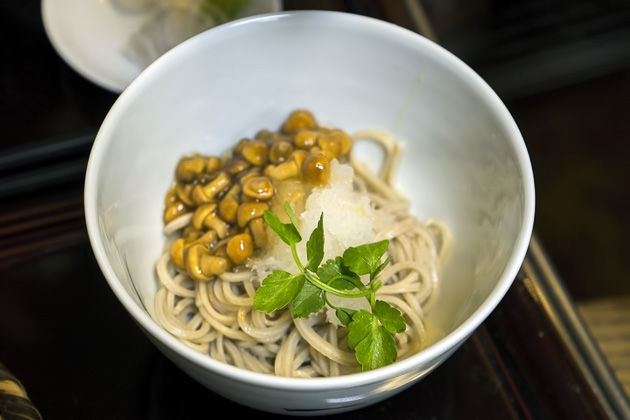
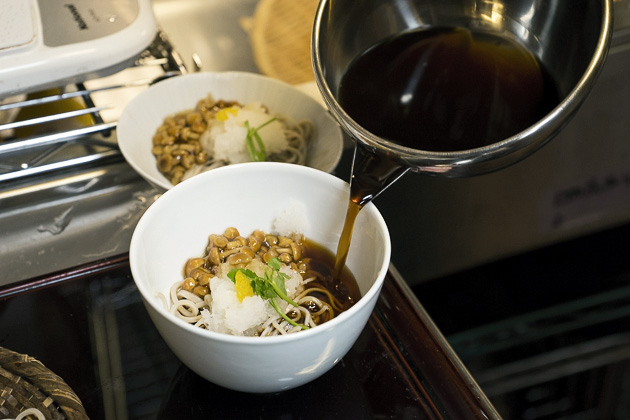
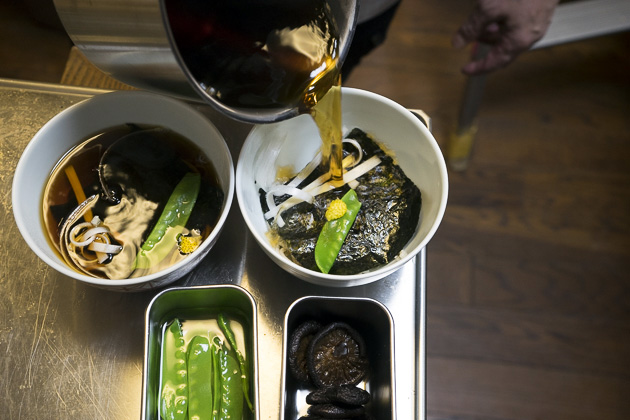
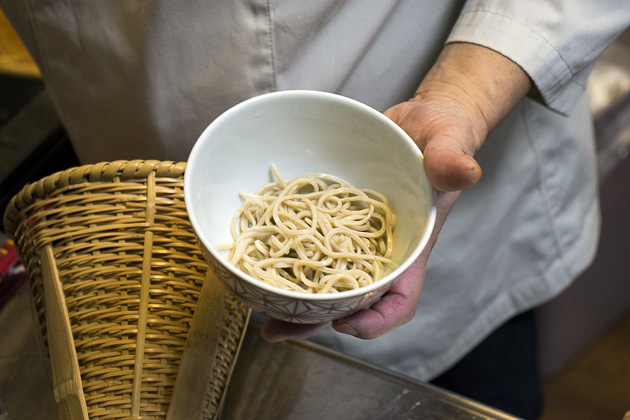
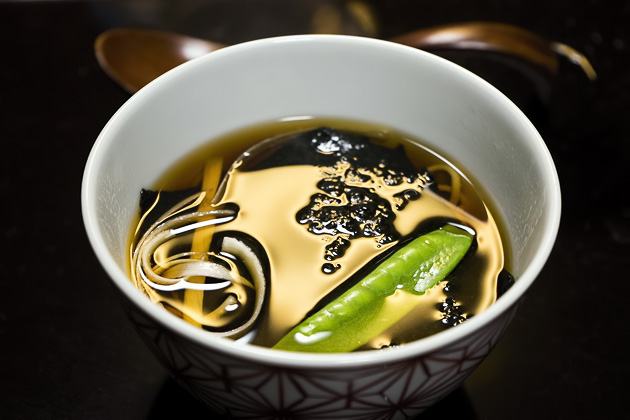

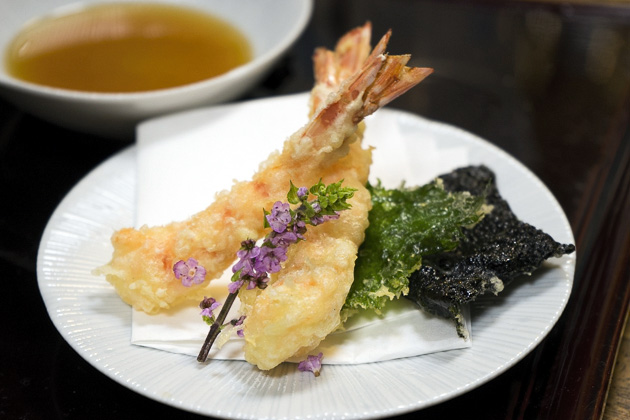
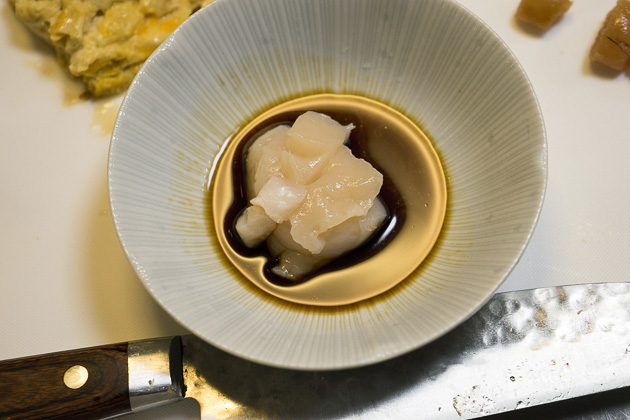
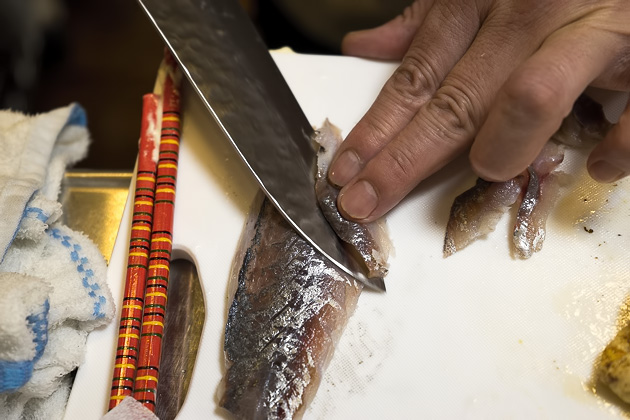
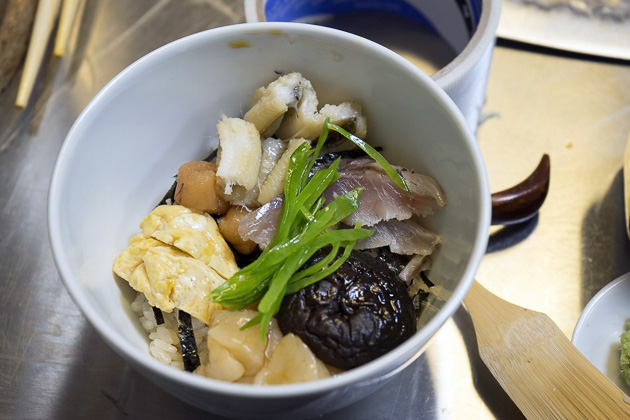
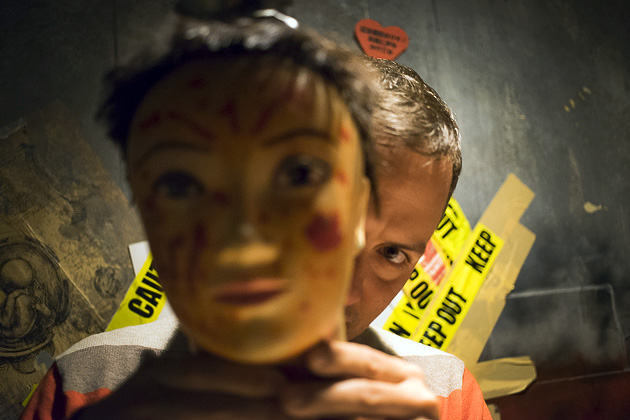
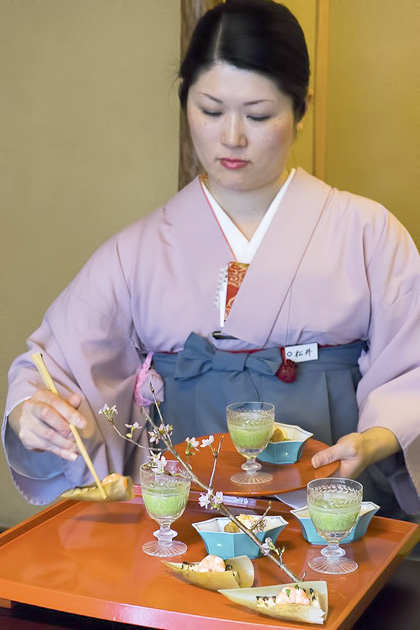
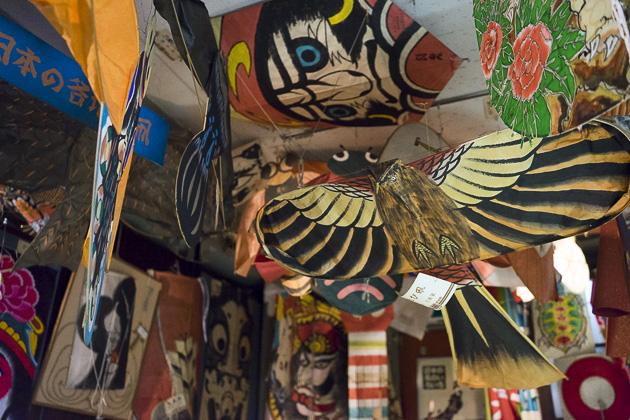

Pingback: Eating in Tokyo: Our Favorite Foods | For 91 Days in Tokyo – Travel Blog
Pingback: The Temples of Meguro | For 91 Days in Tokyo – Travel Blog
Pingback: The Weirdest Candy Is From Japan